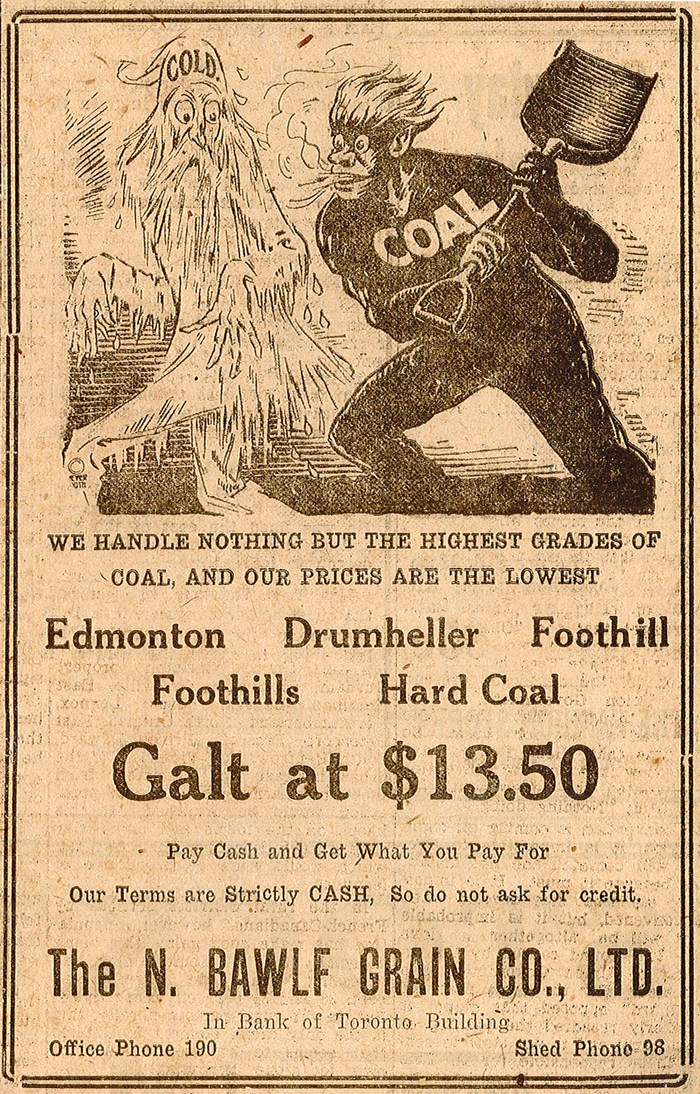On January 11, 1922, Dr. Charles Banting and medical student Charles Best administered the first ever dose of insulin to a 14-year-old boy named Leonard Thompson. The results were mixed due to impurities in the enzyme that a largely forgotten biochemist named Bertram Collip rectified over the next 12 days.
Thompson, who was gravely ill with Type 1 diabetes, went back on a course of insulin starting January 23, 1922 and lived for another 13 years.
In Canadian history the discovery of, patenting, manufacture and use of insulin to treat diabetes are seminal accomplishments.
In Canada, Banting is almost universally considered one of the greatest Canadians ever. So great, in fact, was the impact of his research, he was, along with Professor John McLeod—head of the lab in which Banting and Best worked at the University of Toronto—received the Nobel Prize in Physiology or Medicine the very next year on October 25, 1923. Note: Although Banting and McLeod could not share the honour with Best and Collip, they did share the money.
As prominent as this would become in Canadian history, at the time it did not even touch the radar of The Yorkton Enterprise when Thompson became the first successful human guinea pig in January; when it started gathering international media attention in March; when Best began limited production in May; when clinical trials began in July; when patents were issued in November (UK), December (Canada) and January 1923 (US); when insulin became commercially available in October 1923; nor even when Banting and McLeod were honoured by Nobel.
To be fair to the editors of the day, the discovery itself and the Nobel Prizes may not have had nearly the prevalence at the time as might be projected in retrospect.
In the January 11, 1922 edition of the Enterprise, the day after Banting’s and Best’s ground-breaking first human trial of insulin, the top story of the day was cost-cutting by the town council. They had voted to cut staff in the electric lights and water works departments by a total of three men for a savings of $200 per month. They realized further savings by cutting the salaries of all workers, including H. T. Coles, the superintendent, by 10 per cent.
The front page also included a letter of apology from Coles for clashing with council over the issue in a letter-to-the-editor published December 29, 1921.
In sports, Yorkton “hockeyists” lost a home-and-home pair of games against the Melville Millionaires.
One of the most fascinating features of the paper that day was a lengthy account of a speech given by a Captain S. N. Dancey to the Yorkton Canadian Club in which he beseeched members, in the words of the article’s author, “to do their part towards the propagation of the loftiest and highest principles in Canadian life.”
By that, it appears, he meant British principles, as the presentation appeared to be, in large degree, an appeal to exposing disloyalty to the Crown, routing out Bolshevism and assimilating non-English immigrants. That, of course, is not surprising considering Capt. Dancey was a member of the Allied Nations’ Propaganda team back when apparently “propaganda” did
not have its current negative connotations.
The piece advocates for American-style integration and, while the targeted ethnicities are different, the sentiment is very similar to that still frequently echoed in Saskatchewan today.
“There are scores of cases right here in Saskatchewan, where the German language is being taught, where the Ruthenian language is being taught,” the article states. “In Canada, we should have only schools which teach the Canadian language and ideals. We have people in our land, who hail from every land and clime. We have no quarrel with these people over their race, creed or politics, but we have the right to expect that when they come to this country, pick it out as their home that they will do as Canadians do or go back where they belong. The Americans have learned that this is the proper method, and it is hoped that in the near future, Canada will do likewise.”
The ad accompanying this piece is interesting in that coal would have been the common method of heating homes at the time, something we eschew today for its environmental impact.
Another ad offered tins of vegetables and fruit for 20 cents and five pounds of honey for $1.50. Eggs were 60 cent the dozen and butter 45 cents per pound.
Also, The Fashion Stores at the corner of Broadway and Fourth Avenue was having a pre-inventory sale offering $4 men’s wool combinations for $2.85 a suit, $3 fine shirts for 95 cents, and $55 “Society Brand Suits” for $27.45. On the women’s side, it was $2.50 night gowns for $1.25, $50 dresses in satins, taffetas and tricotines for $27.45 and $75 fur-trimmed coats for $21.95.




